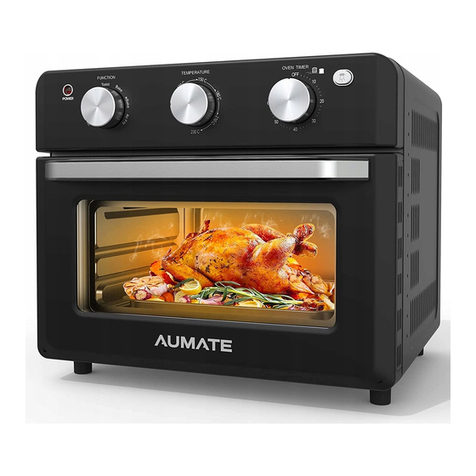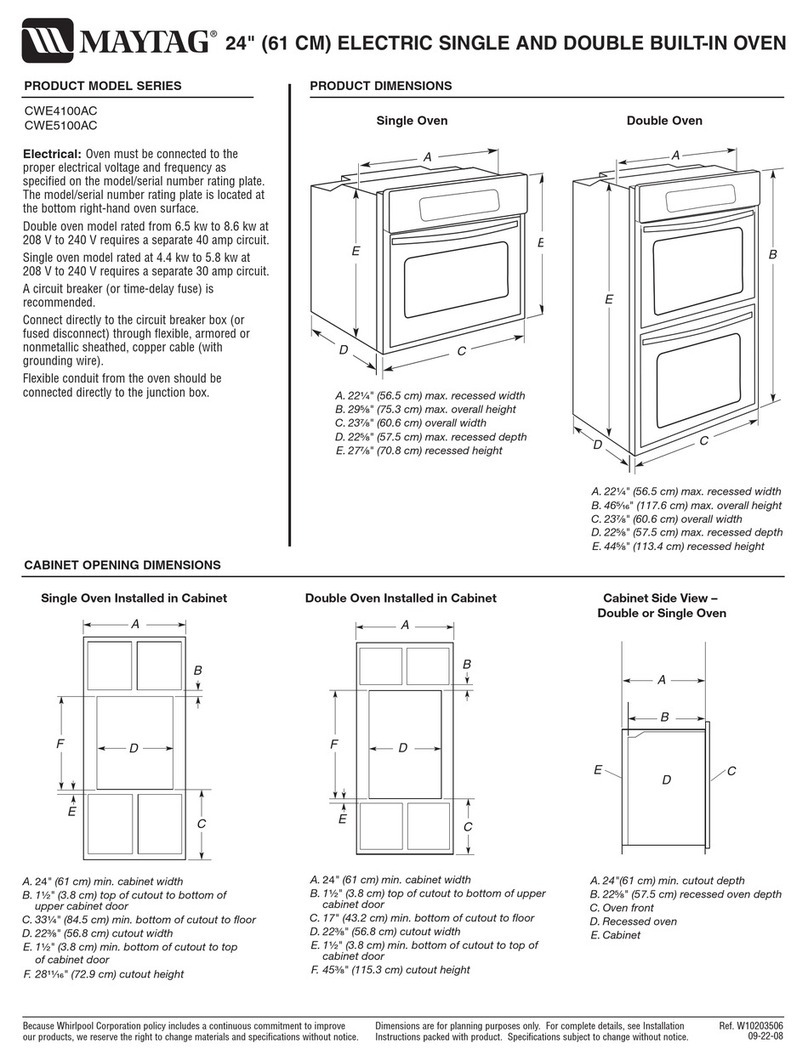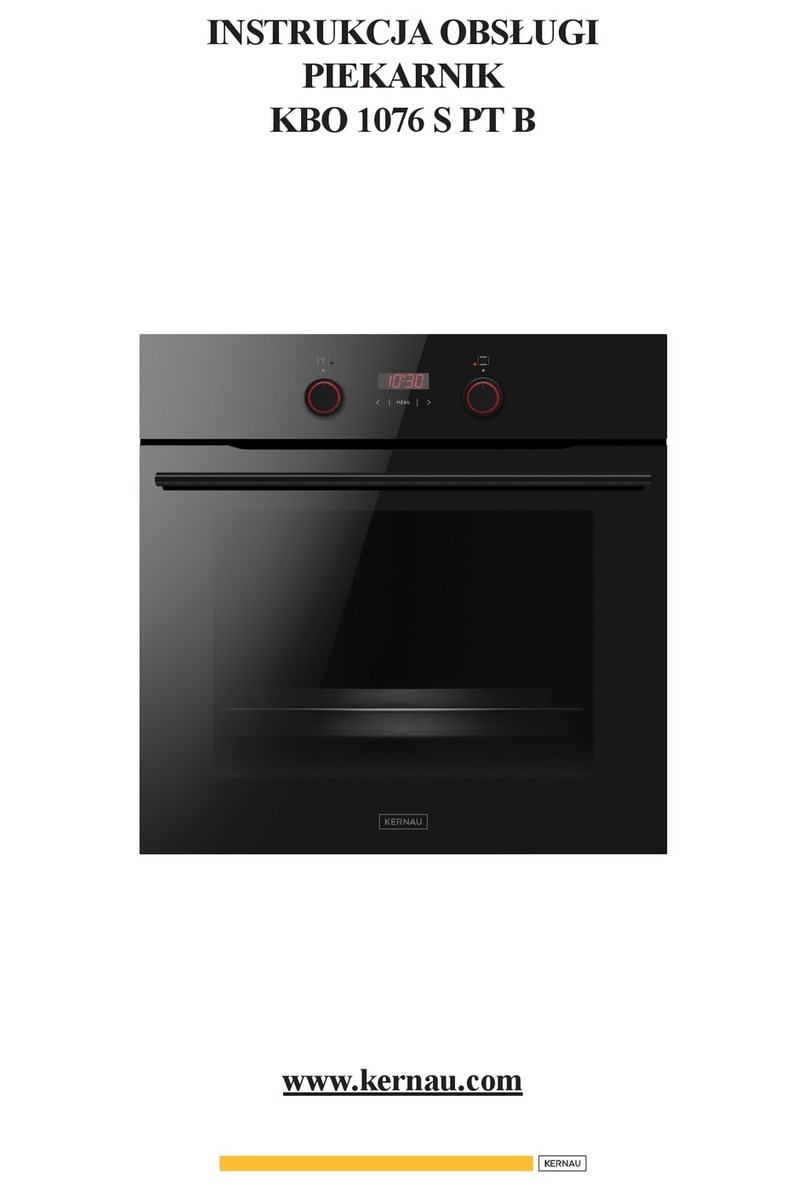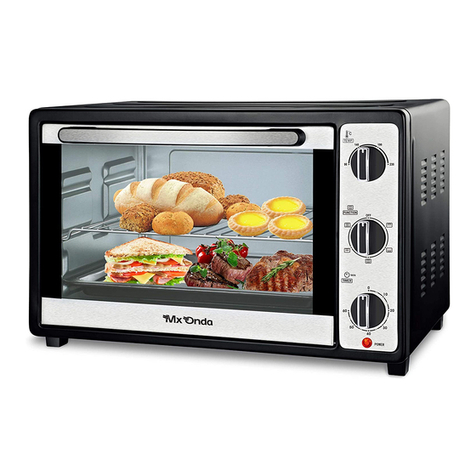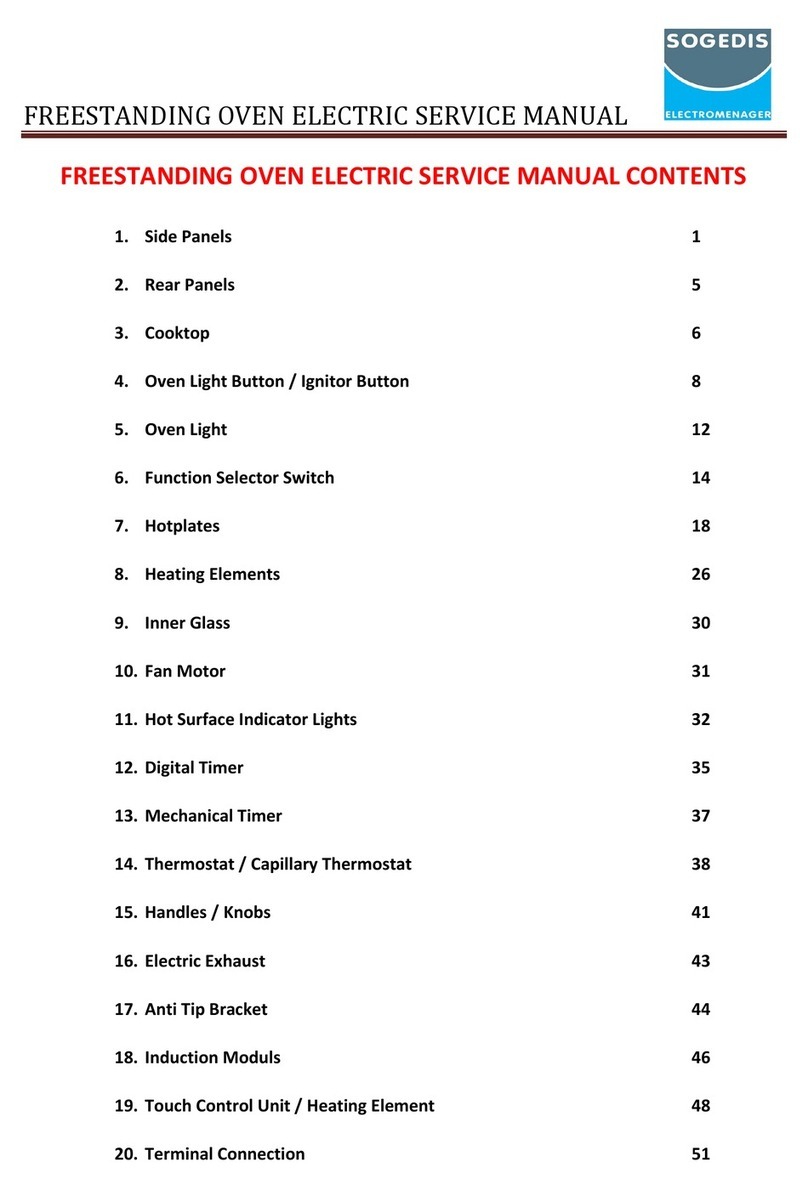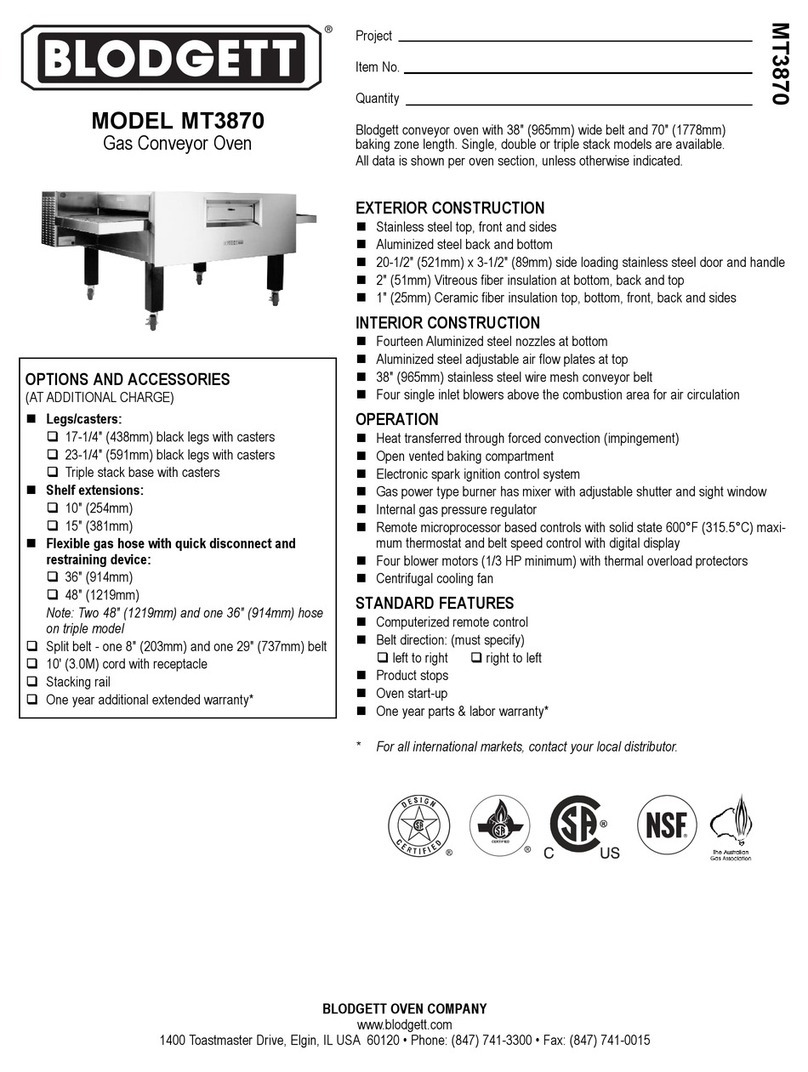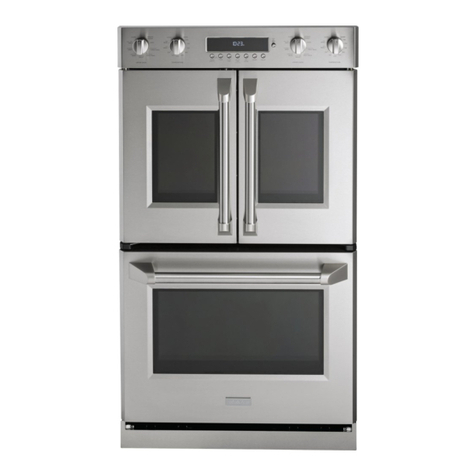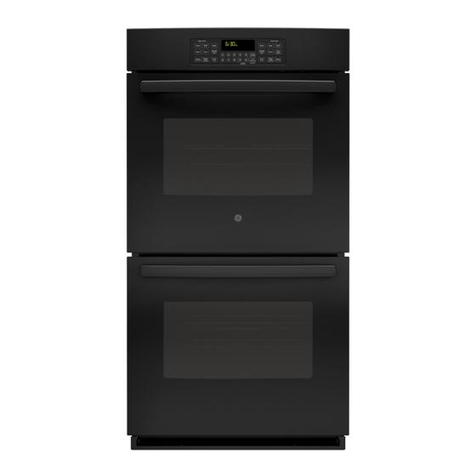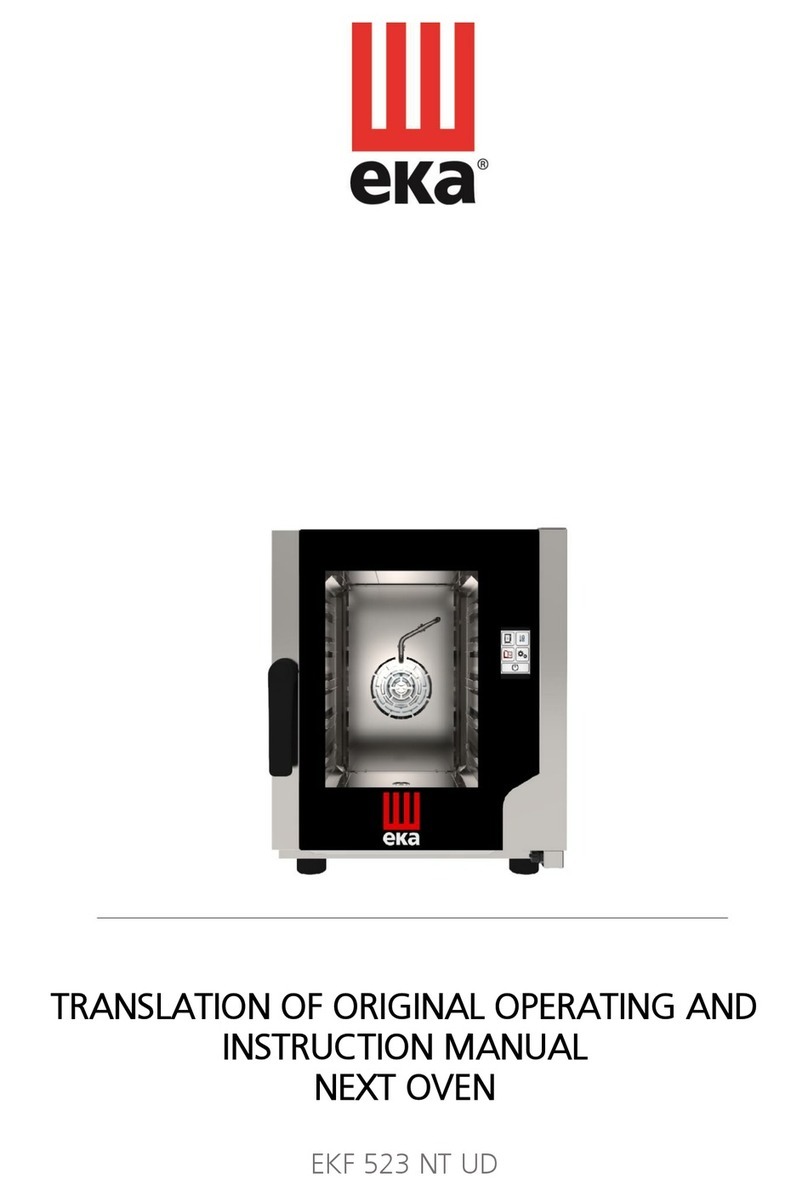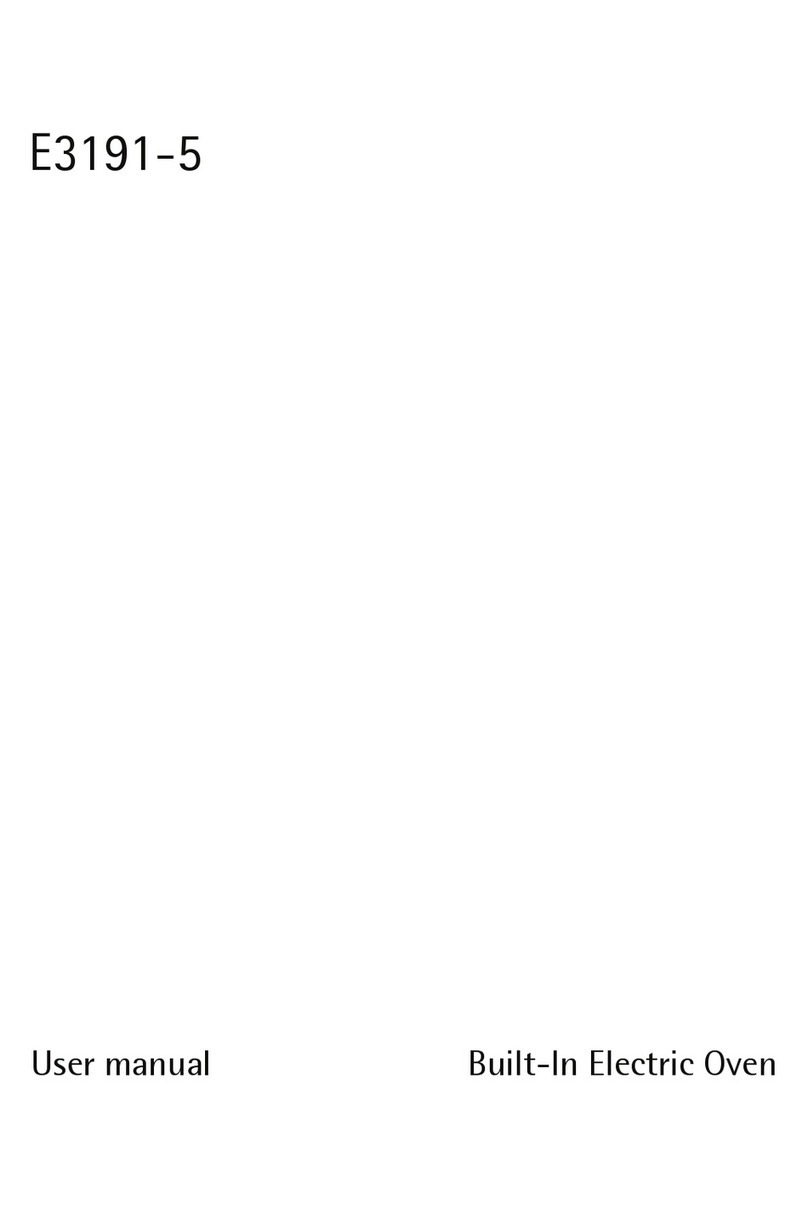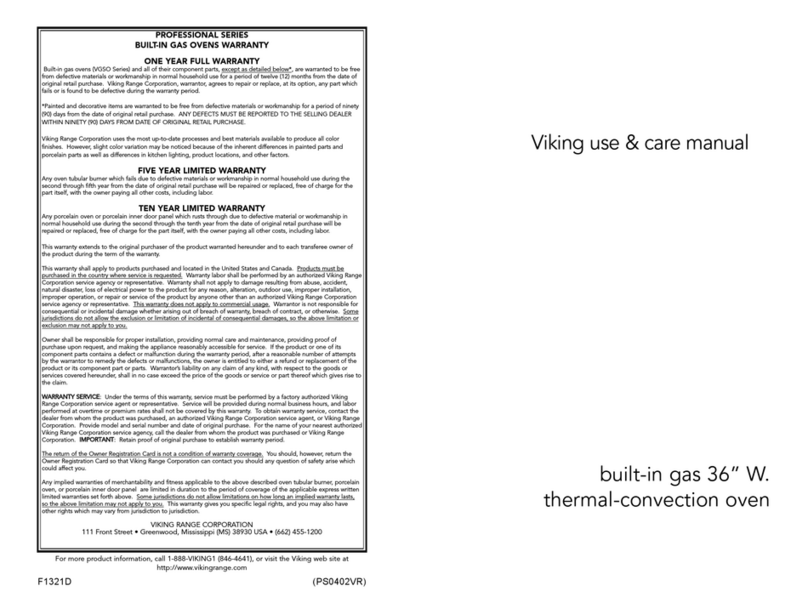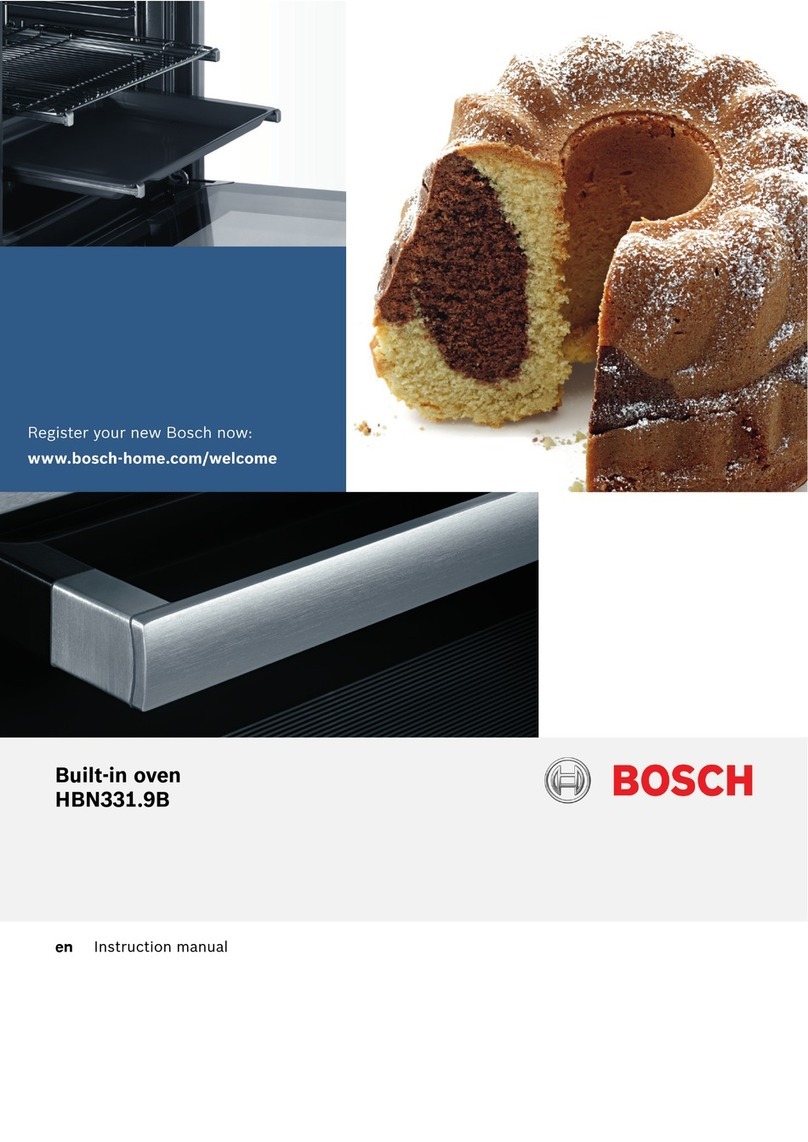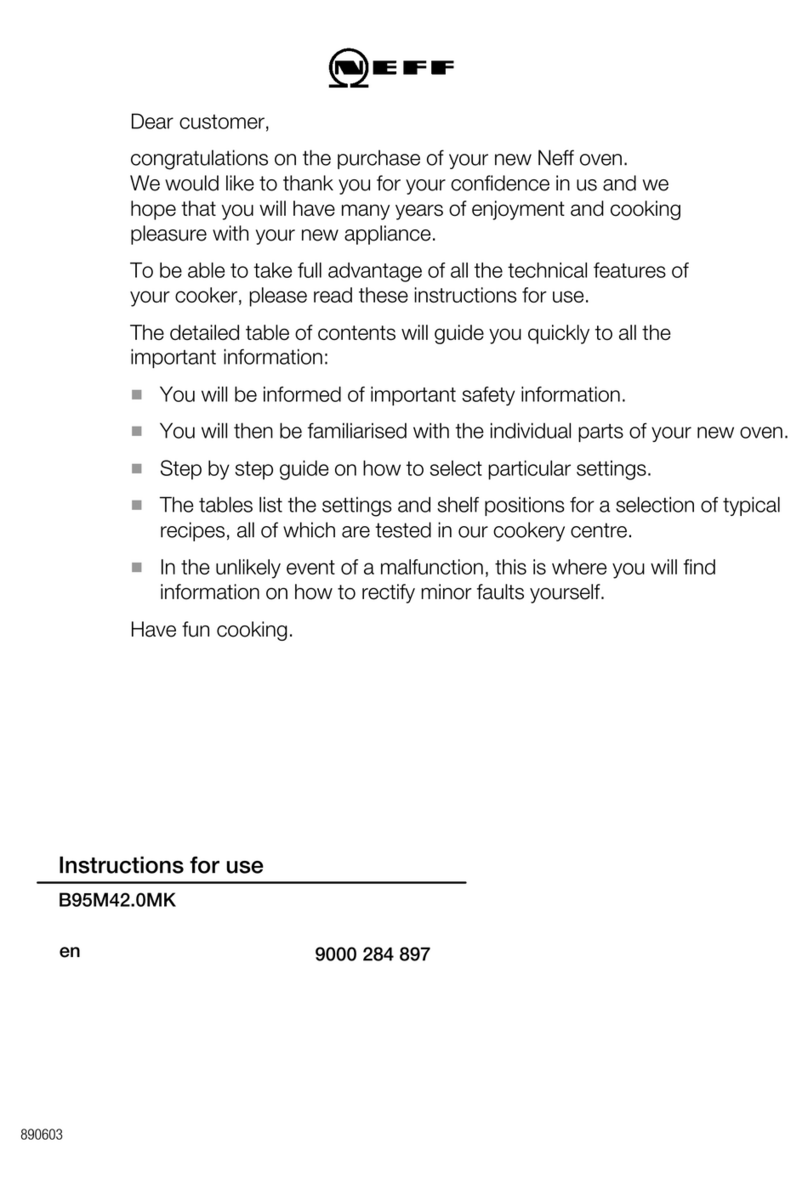
If the piece needs only shallow support of ¼” depth or
less, pour the alumina hydrate onto a ceramic fireclay shelf.
Support the fireclay shelf on three ½” posts to aid heat flow
under the shelf.
If the silver clay shape needs deeper support, pour the
alumina hydrate into an unglazed ceramic bisque bowl.
These are available at ceramic supply stores.
IPlace the ceramic bowl directly onto the kiln bottom.
INEVERusea glazed bowl tohold the aluminahydrate. If
the glaze runs, it can embed into the firing chamber.
Caution: Avoid breathing alumina hydrate dust.
Caution: Alumina hydrate can destroy the heating
elementoncontact. Ifitspillsontothefiringcham-
ber, remove with a vacuum cleaner.
Venting the Kiln
Silver clay by itself needs no venting. Load the kiln, close
thedoor,andleaveitcloseduntiltheclaysilverisreadytore-
move.
The kiln needs venting if you fire ceramics or glass with
the clay silver, or if you make hollow objects that contain a
core of organic materials.
Paper maché and paper clay are good core materials. Do
not use wax or styrofoam as a core. They emit harmful
fumes.
Rate, Temperature, Hold
Each brand of silver clay fires to a specific temperature
andholdtime.Thisinformationisavailable from your silver
clay supplier.
Note: Hold time is the length of time that the rec-
ommended temperature is maintained in the kiln.
Do not fire longer than the recommended hold, or
the silver will begin to overfire.
Besides selecting a temperature and hold time on your
kiln’s digital controller, you will also need a firing rate. (See
the separate digital controller instruction booklet.) Select a
Full Power rate if you are firing silver clay alone. If you fire
glassorceramicswiththesilverclay,selectaratebestsuited
for the glass or ceramics.
Note: Do not place silver clay into a kiln that is al-
readyhot unlesstheclayiscompletely dry.Thekiln
should be no hotter than 500°F/260°C when insert-
ing the silver clay.
After the kiln begins firing, leave the door closed. Do not
open the door until it is time to remove the clay. Visual in-
spection of the clay is unnecessary.
If you are firing glass with the silver clay, on the other
hand,youmayneedtocheckthefusingprogressoftheglass
by opening the door ½” and looking inside. Look for just a
second or two. As you gain experience, you will be able to
programthecorrecttemperatureforthesilverclayandglass
combination, eliminating the need to visually check the
glass.
Cooling Time
Aftertheclaysilverhasfiredtocompletion,youcancrack
the door an inch to speed cooling. If you are firing stones,
glass,orothermaterialswiththesilverclay,itissafertoallow
the kiln to cool slowly with door closed. Remove the piece
when the kiln reaches room temperature.
Silver clay pieces that contain no other materials can be
removed from the kiln at 1100°F/593°C. You can remove
them with tongs and drop them into water.
Caution: Turn the kiln off before inserting tongs
into the firing chamber. Wear protective gloves.
Combining Silver Clay
With Other Materials
Thereare two waystofire silver claywith othermaterials
such as glass:
IFire the silver clay first by itself. After you have cleaned
andpolished the silverclay, fireitasecond time withthe
other material.
IFire the silver clay and other materials, such as a stone,
together in a single firing.
Enamelingpowderiseasiertofirewiththe silverclayina
secondfiring.Seepage12.Glassisoftenfiredwiththesilver
clay in a single firing. Many types of glass will melt to the
point of overfire at silver clay temperatures. So before
combiningglassandsilverclay in a singlefiring, test a small
sample of the glass. To do this, fire the glass during a silver
clay firing, keeping the glass separate from the silver clay
piece. (This way you won’t ruin the silver clay piece.) Place
theglasspiecesonaceramicfireclayshelf.Youmustcoatthe
shelfwithglassseparator,orotherwisetheglasssamplewith
embed into the shelf.
If the glass sample survives the firing, you can fire that
typeof glasswithsilverclayinasinglefiring.Note, however,
that different types of glass fire to different temperatures.
Every time you fire a different type of glass, be sure to test.
9

